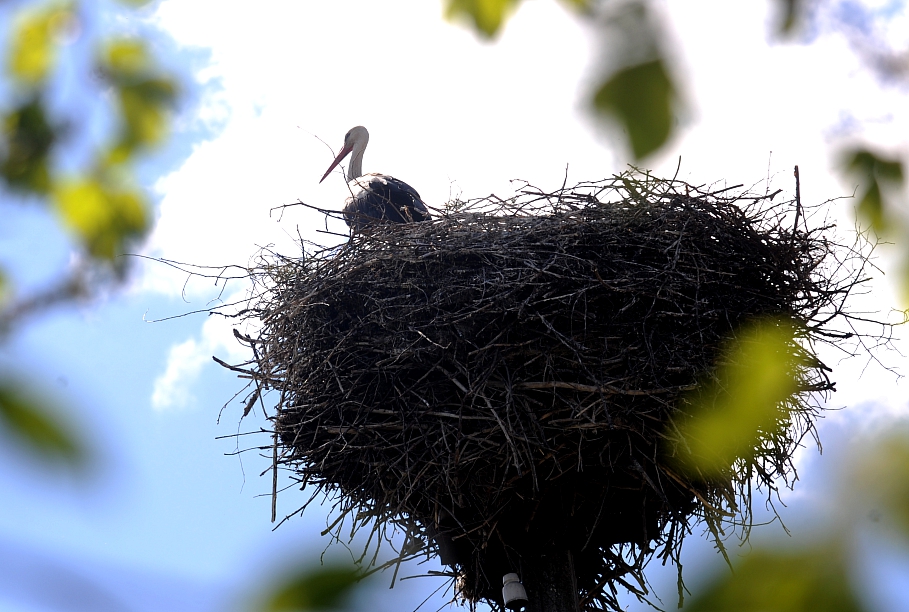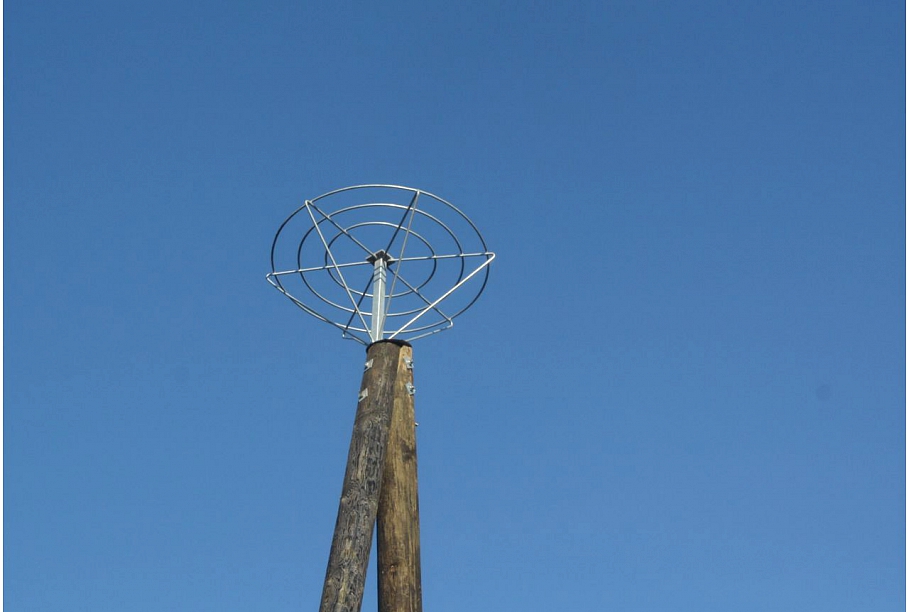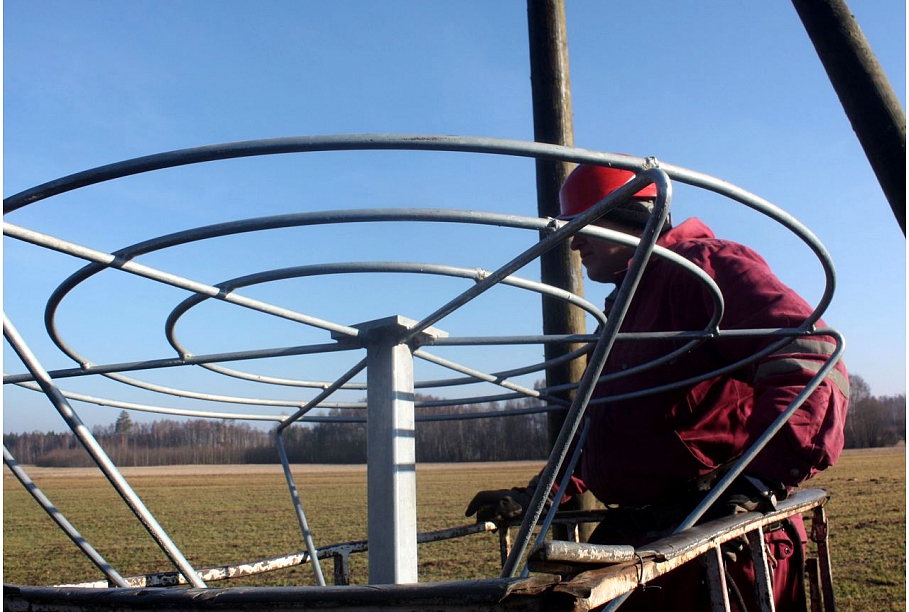Latvian Radio's Gunta Matisone examined how these fascinating birds interact with sentient ground-dwelling primates in a story aired Thursday.
"White storks more or less choose to make their nests in places inhabited by humans. According to 2015 data, there were close to 10,000 storks' nests on utility poles [in Latvia]," said Gita Strode, department director at the Latvian Fund for Nature.
While Artis Kubliņš of the Sadales tīkli electricity utility said that a growing number of storks nest on utility poles, and it can cause problems as it threatens the birds themselves and can disrupt the power supply.
The most problematic nests are removed from electric poles from September 1 to April 1 while the storks are not nesting, he said.
However not all of the nests are removed permanently as man-made nest platforms aid both conservation efforts and reduce electricity supply disruptions.
"Last year, if I am not mistaken, we installed 460 platforms. The benefit is that the stork can make a nest, put on the branches, while we have the benefit of having the nest rise above the electrical wiring," said Kubliņš.
However sometimes locals have to face clingy stork families making nests on their chimneys from year to year without fail - and chimneys are no place for combustibles. In such cases people have to turn to the Latvian Fund for Nature to receive permission to remove the nest, said Strode.
If the storks are hatching at the time the nest is moved to a nearby pole, however in most such cases their mothers do not return and so the freshly hatched storks or just eggs are taken to the zoo where specialists try bringing them up and release them into the wild later on, said Strode.
About 10,000 couples of white storks are nesting in Latvia each year. The population of the majestic creatures - often called svētelis, possibly from the word svēts (holy) - seems to be stable for now.































